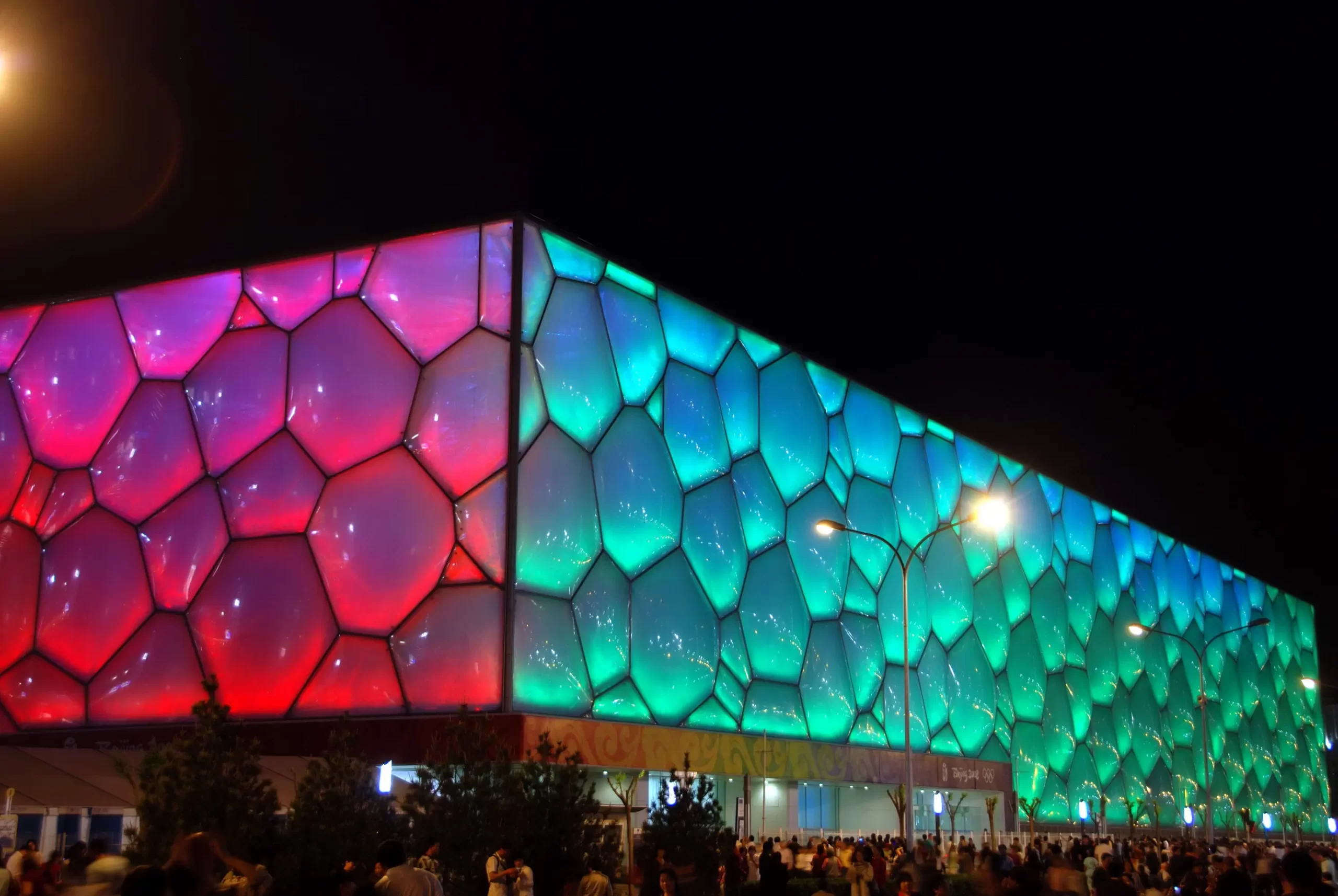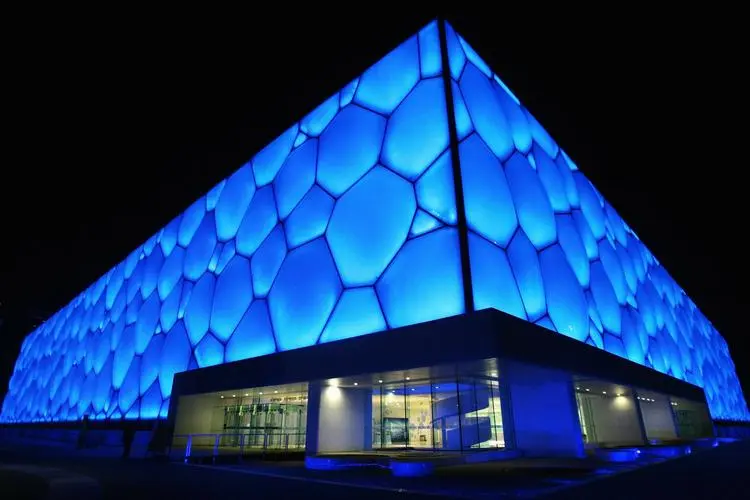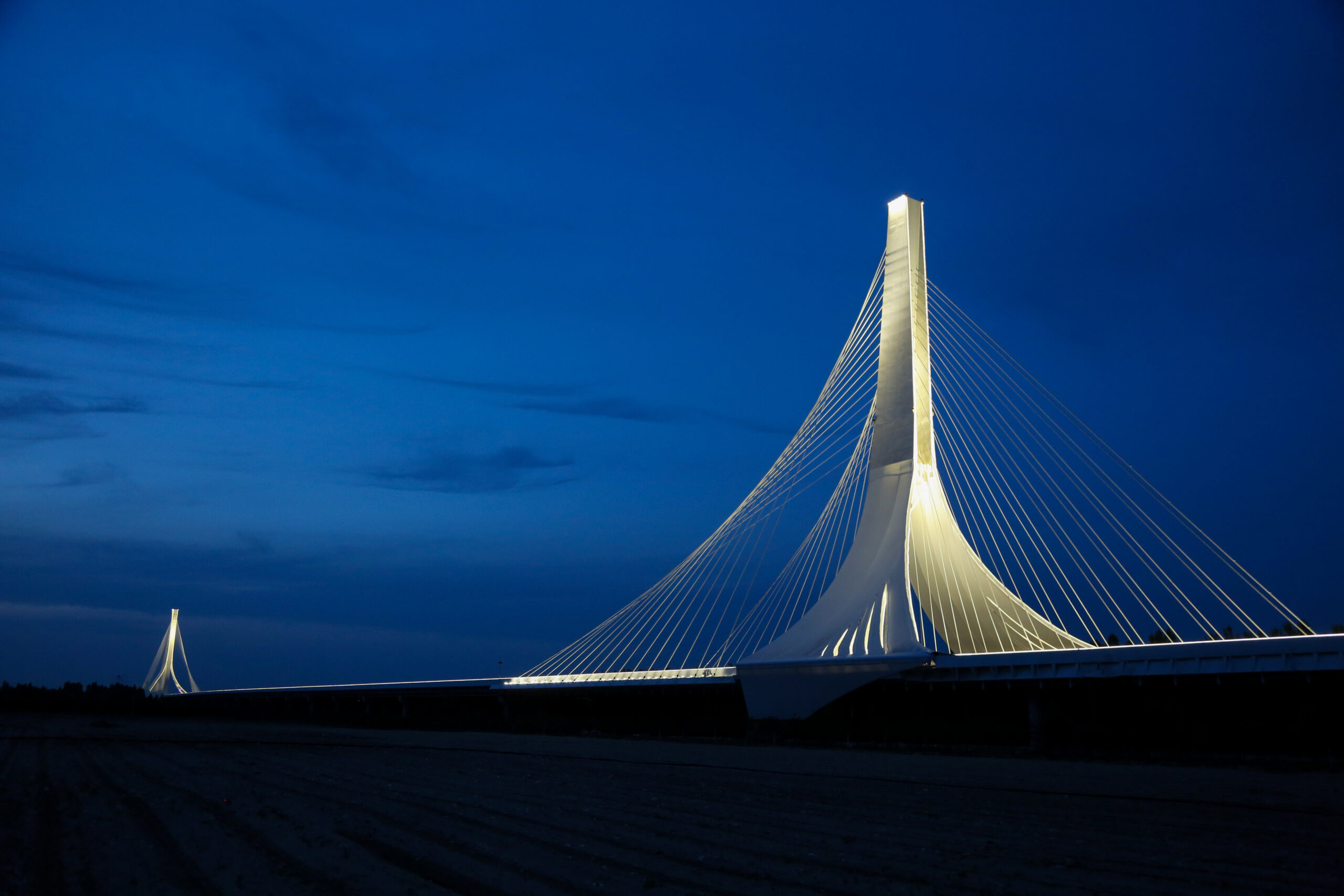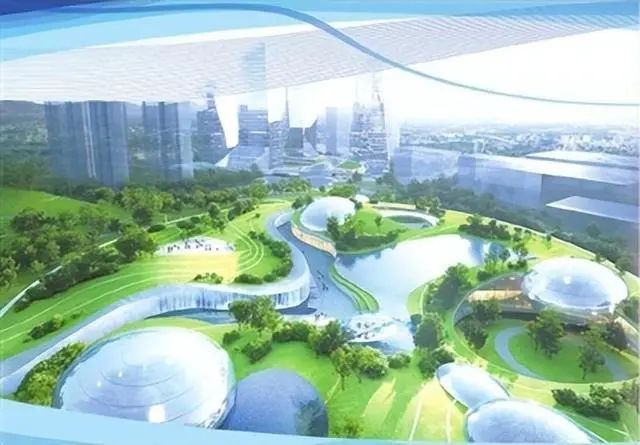ENCN
Home / Water Cube – A Paragon of Membrane Structure Architecture
Water Cube – A Paragon of Membrane Structure Architecture
In the field of architecture in the 21st century, membrane structure architecture is gradually emerging, attracting widespread attention with its unique styling and environmental protection concepts. Among them, the Beijing Olympic Games landmark building, the “Water Cube”, is undoubtedly a paragon. It not only showcases the infinite charm of membrane structure architecture, but also reaches an unprecedented height in technological application.

The membrane structure construction technology used in the Water Cube can be said to be a revolution in the history of architecture. This technology uses ETFE membrane materials to achieve lightweight, transparent, and energy-saving buildings. ETFE membrane materials are high-tech synthetic materials with excellent weather resistance and UV resistance, ensuring the longevity and durability of buildings. At the same time, this material also has good thermal insulation and heat retention properties, providing a comfortable environment for the building.
The key to membrane structure architecture lies in membrane tension and support. The Water Cube has implemented clever innovative design in this regard. It uses air pillows as supporting structures, and through the combination of about 3000 air pillows, covers an area of 100,000 square meters, achieving large-span architectural spaces. This design not only improves the stability of the building, but also endows the building with a unique appearance and visual effect.

It is worth mentioning that the membrane structure construction technology of the Water Cube also fully considers environmental protection and energy conservation needs. ETFE membrane materials have high light transmittance, can effectively utilize natural light, reduce the need for artificial lighting, thereby reducing energy consumption. At the same time, the thermal insulation and heat retention properties of the membrane material also greatly reduce the energy consumption of air conditioning and heating systems, making contributions to the development of green buildings.
As one of the largest membrane structure buildings in the world, the Water Cube not only showcases the unique charm of membrane structure architecture, but also reaches an unprecedented height in technological application. The membrane structure construction technology it employs provides new ideas and directions for future architectural development. With the advancement of technology and the deepening awareness of environmental protection concepts, membrane structure architecture will play a more important role in the field of architecture in the future.
Water Cube – A Paragon of Membrane Structure Architecture




